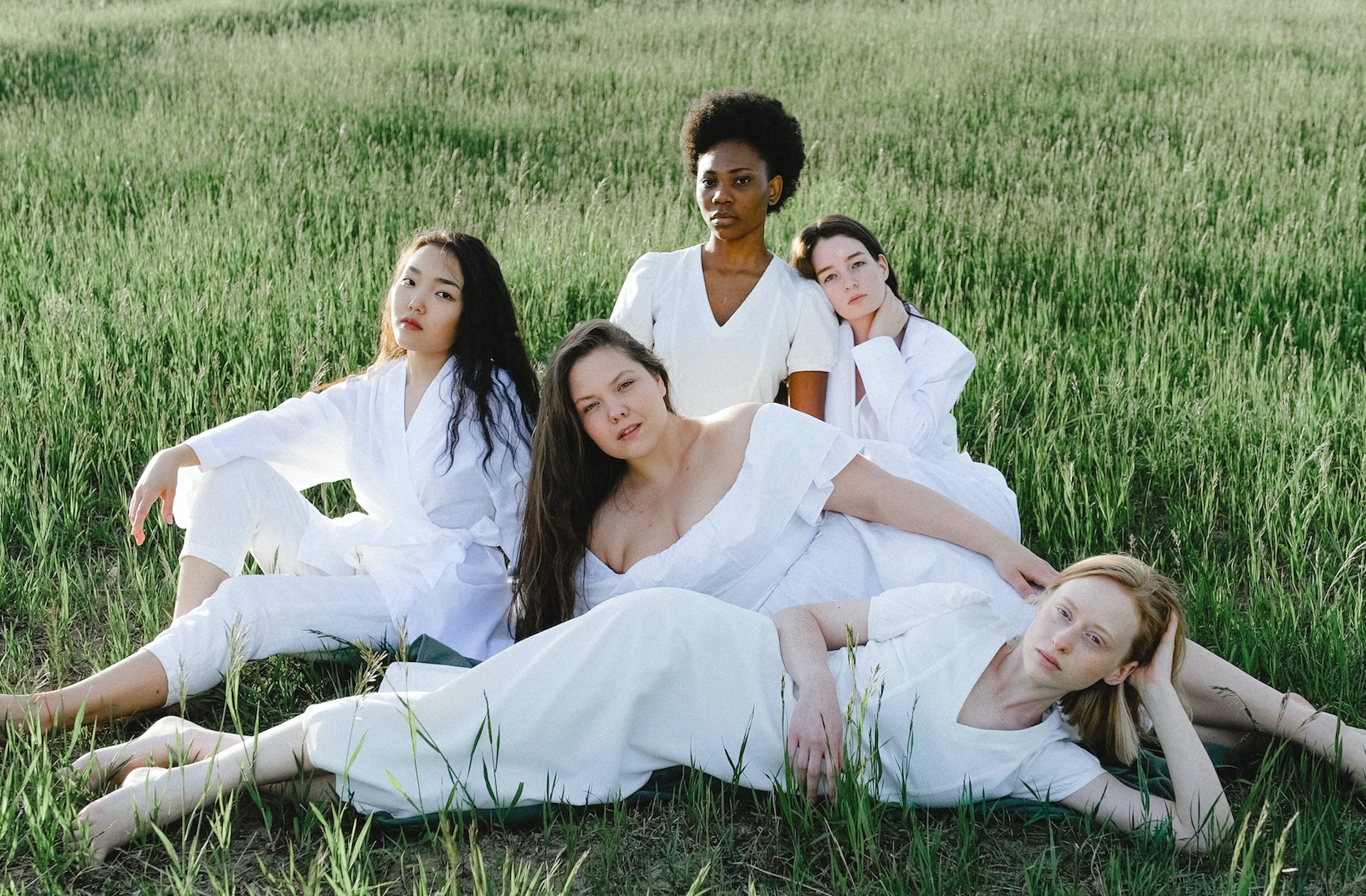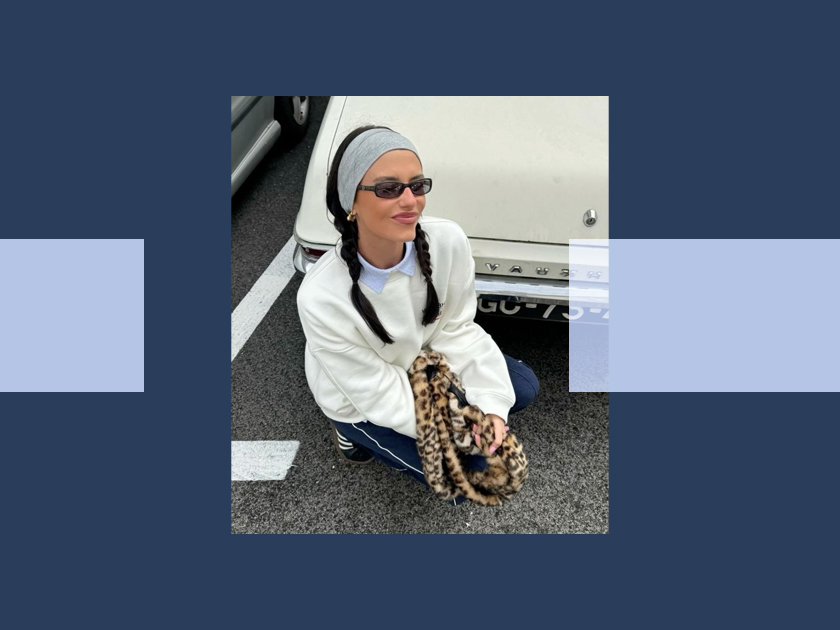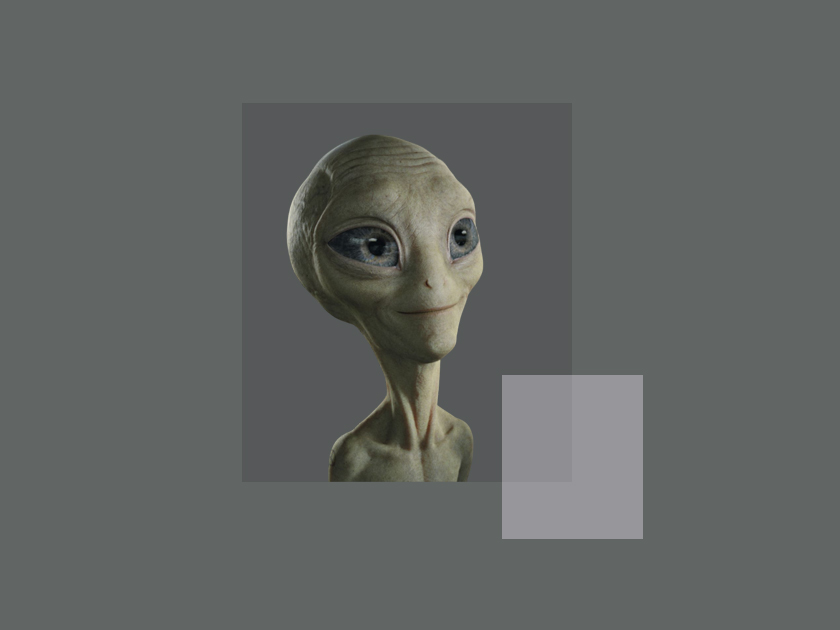Do you remember a black or asian character in The devil wears Prada ? Neither do we (aside from perhaps the small role of Lily, played by Tracie Thoms, but that’s the exception that proves the rule).
In real life, if fashion magazines increasingly feature models of all origins and morphologies on the cover, the reality behind the scenes turns out to be much more uniform. This self-segregation exclusion is found throughout the dream industry.
And the French cultural exception makes it very difficult to face this problem, which is barely starting to dare to face… Where the fashion institutions of New York, London and Milan have proposed action plans, France seems to be silent.
But a new player intends to change the rules of the game: Plan A, co-founded by Barbara Blanchard. He explains the French situation to us, and above all tells us how he wants to remedy it.
This content is blocked because you have not accepted cookies and other tracers. This content is provided by Instagram.
In order to view it, you must accept Instagram’s use of your data, which may be used for the following purposes: allow you to view and share content with social media, promote the development and improvement of Humanoid products and its partners, to show you personalized advertisements in relation to your profile and your activity, to define a personalized advertising profile for you, to measure the performance of advertisements and content on this site and to measure the audience of this site (to know Moreover)
Manage my choices
Interview with Barbara Blanchard, actress of inclusion and diversity in fashion
Madmoizelle: Can you summarize your journey that led you to co-found Plan A?
Barbara Blanchard: My father was a modeling agent, then a photographer, and my mother was a model herself before working in the audiovisual industry. So I’ve always bathed in this environment.
After studying literature and a master’s degree in English, I dedicated myself to fashion. I dealt with styling, production, events, before specializing in casting. Only, after a 25-year career, I felt like I was hitting a glass ceiling. Despite my experience, my network and my references, it’s like I’m stuck.
In 2017 I left the SHE where I was casting director to achieve an MBA at the IFM (Institut Français de la Mode) in luxury management. This training allowed me to take stock of my career and the new challenges of fashion, but also to appreciate how cultural diversity could be enriched, as it was in collaboration with the Polytechnic School of Hong Kong and the Fashion Institute of Technology of New York .
I wrote a dissertation on diversity and inclusion in the creative industries, including fashion, co-written with someone who has since become my partner, Momy Seck. that’s howthe idea was born to launch a consultancy company to support companies on these issues – what would become Plan A.
George Floyd’s death appears to have been an electric shock to the fashion industry. How do you see this change?
His death obviously affected me a lot – on a personal level, but also professionally, given the attitude of fashion, more or less authentic and skilled in the face of the wave of international social demonstrations that has unleashed.
Overnight, I received casting requests to find black models, darker than ever. Suddenly everyone wanted to shout “Black Lives Matter”. The good thing is. But after ? Do we want minorities to be alive, but only at the bottom of the scale?
I thought it was time to strike while the iron was hot. Since I began my career in the 1990s, I have seen the lure of the black-white-beur utopia emerge… But this smokescreen is dissipating. And thirty years later, we can put blacks on the cover, things haven’t changed in depth.
This content is blocked because you have not accepted cookies and other tracers. This content is provided by Instagram.
In order to view it, you must accept Instagram’s use of your data, which may be used for the following purposes: allow you to view and share content with social media, promote the development and improvement of Humanoid products and its partners, to show you personalized advertisements in relation to your profile and your activity, to define a personalized advertising profile for you, to measure the performance of advertisements and content on this site and to measure the audience of this site (to know Moreover)
Manage my choices
So things would have changed only in appearance?
The recent scandals of fashion brands (blackfaces, cultural appropriation…) show that there are no blacks in the teams of these companies – otherwise, those who are there are not sufficiently in a position of trust and influence be heard and respected.
It’s nice to have models with different backgrounds, but there are also talented non-white photographers, videographers, and designers. This is inclusion, beyond diversity.
How do you define the difference between “diversity” and “inclusion”, often confused?
If you ask a hundred people in a room to define what it is, you will surely get a hundred different answers!
For me, diversity is difference, visible or not. Socio-cultural differences constitute an inestimable wealth. Inclusion means that different people are invited to the decision-making table and are fully listened to and respected, whether they are LGBTQI+, with disabilities or from different geographical backgrounds.
It’s good to communicate about diversity, but it is because companies are not inclusive that racist faux pas persist. These notions are complementary: thinking about diversity without inclusion gets you nowhere.
Collectives of non-white people have organized in other major fashion capitals such as New York, London and Milan. Why do you think this does not emerge in France?
We can clearly see the protest raised by the non-mixing issue in France. Some communitarianisms are seen better than others…
In the United States, the collective of black creatives Black in the Fashion Council it inspired the creation of the Fashion Minority Alliance in the UK, and now there is Plan A in France. We will thus be able to carry out our actions, taking into account our specificities, our laws, our taboos.
For example, there is a lack of data to quantify what we are doing, which complicates the necessary recommendations and transformations. This lack of statistics suits some French companies well to keep the issue under the rug. As much as equality advances thanks to quantified targets, diversity remains a highly flammable topicfull of fantasies for lack of data.
But the minister in charge of gender equality, diversity and equal opportunities, Élisabeth Moreno, is developing a diversity index that should be able to alleviate the problem: this system allows voluntary companies to measure the place assigned to minorities in their hiring. This will go beyond the strong but symbolic signal of the list of 318 personalities commissioned from Pascal Blanchard by Emmanuel Macron.
How does Plan A intend to improve diversity and especially inclusion in French fashion?
In people’s minds, the idea of quotas refers to hiring incompetent people. As if I couldn’t be non-white and highly qualified…
Rather than spending money on crisis management, companies would benefit from hiring talent from diverse backgrounds. Plan A is a Social and Solidarity Economy (ESS) company, which operates in two main areas: business consultancy advise them in managing change in terms of diversity and inclusion (with our BPM Paris division), e the representation of professionals from the creative industries (with our Black Artists Management division). We also want to set up mentorship.
The aim would be to correct inequalities at school and throughout the value chain, because these are human, economic, democratic and even sustainable development issues.
This content is blocked because you have not accepted cookies and other tracers. This content is provided by Instagram.
In order to view it, you must accept Instagram’s use of your data, which may be used for the following purposes: allow you to view and share content with social media, promote the development and improvement of Humanoid products and its partners, to show you personalized advertisements in relation to your profile and your activity, to define a personalized advertising profile for you, to measure the performance of advertisements and content on this site and to measure the audience of this site (to know Moreover)
Manage my choices
How precisely are diversity and inclusion issues related to sustainable development?
It is an equal opportunity issue. Human rights go hand in hand with the health of our planet : if not everyone has equal access to education, work, culture, nature, we will reach explosive situations.
Brands thought they had the job done by bringing people from different backgrounds into their campaigns, but they’re starting to realize that it’s nowhere near enough. To those who still haven’t understood, I say: we are here to help. Not to punish or stigmatize.
Do you only work to showcase black talent?
This is a question that often arises when faced with the name of our agency Black Artists Management, but we don’t only work with African descendants. It’s a name that reminds us that black professionals matter, but we work with all talents, because diversity and inclusion are not just a matter of skin color. Fashion knows how black is an infinite color, full of shades and possibilities!
If the ethical argument isn’t enough, those of money and electronic reputation are quite convincing: companies realize the cost of buzz and understand that the memory of the Internet has no limits. Numerous studies also show that multicultural teams are more efficient and innovative, even more so today in the era of globalization.
For the luxury industry in particular, these problems become inevitable if companies are to remain sustainable.
In your opinion, is the French fashion industry at a turning point on these issues?
Either way, the time has come and we are here to support them. Waiting, there is a brain drain to other countries where diversity and inclusion are better understood and supported… And this was already the case with intellectuals like Aimé Césaire, Frantz Fanon or Maryse Condé, more celebrated abroad than in France.
For a long time, agencies had at most one black model and struggled to find contracts for her. I was getting ads that said in black and white “no black girls”, “no type”, “caucasian only” until around 2015. Today it becomes unspeakable. In particular thanks to social networks and the new generation that demands this inevitable and necessary change.
Do you like our articles? You will love our newsletters! Sign up for free on this page.
Source: Madmoizelle
Mary Crossley is an author at “The Fashion Vibes”. She is a seasoned journalist who is dedicated to delivering the latest news to her readers. With a keen sense of what’s important, Mary covers a wide range of topics, from politics to lifestyle and everything in between.





